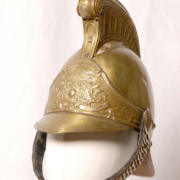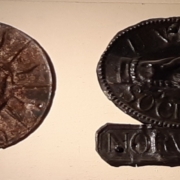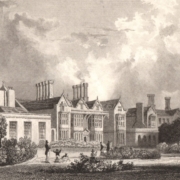Aphrodisiacs – Valentines Day

Folklore, mythology and superstition informs our knowledge of aphrodisiacs. One of the oldest referenced in literature is arugula, dark leafy greens, whilst Cleopatra, reportedly bathed in saffron infused milk.
Ancient Egyptians are believed to have favoured fennel, ginger, pomegranates and radishes mixed with honey, as well as lettuce, a “favourite food” of the fertility god Min.
Some aphrodisiacs have become popular for their perceived luxury, such as truffles, foie gras, caviar and Champagne.
There have been some eccentric aphrodisiacs, like bird’s nest soup (made from real bird’s nests of the swiftlet bird, using solidified saliva), sparrow tongues and a tincture of eels and charred newt!
Although, unusual ones like Ambergris (a solid waxy substance originating in a sperm whale’s intestine), Bufotenine (from Bufo toads), Yohimbine (tree bark), have been shown to have some scientific benefits.
In Greek mythology, Aphrodite, the goddess of sexual love, was “born” when she rose from the sea, hence seafood is commonly known as an aphrodisiac, but it does have a grounding in science, as seafood is high in zinc.In legend, strawberries originated from the heart shaped tears of Aphrodite after she learned of her lover Adonis’ death. Strawberries are loaded with Vitamin C which boosts chemical neurotransmitters in the brain. Concentrations of vitamin E and potassium in asparagus, omega-3 in salmon and walnuts and hot spicy food, are good for heart health and improve hormone production.
Pomegranates, watermelon, olive oil, cherries and red wine are high in antioxidants, which reduce inflammation in the body. Avocados and bananas are high in B vitamins which boost energy. Garlic is high in allicin which increases blood flow and overall cardiovascular wellness. Ginseng, Maca (a Peruvian plant), and fenugreek have also been found to have proven scientific benefits.
Celery contains traces of androsterone, which has been found in studies to make men more attractive. The question is how much celery would you have to consume to start sweating a love potion!
Coming soon…our new special exhibition on food history from ancient times to present day, opens Saturday 1st April #valentinesday #foodhistory #exhibitions









